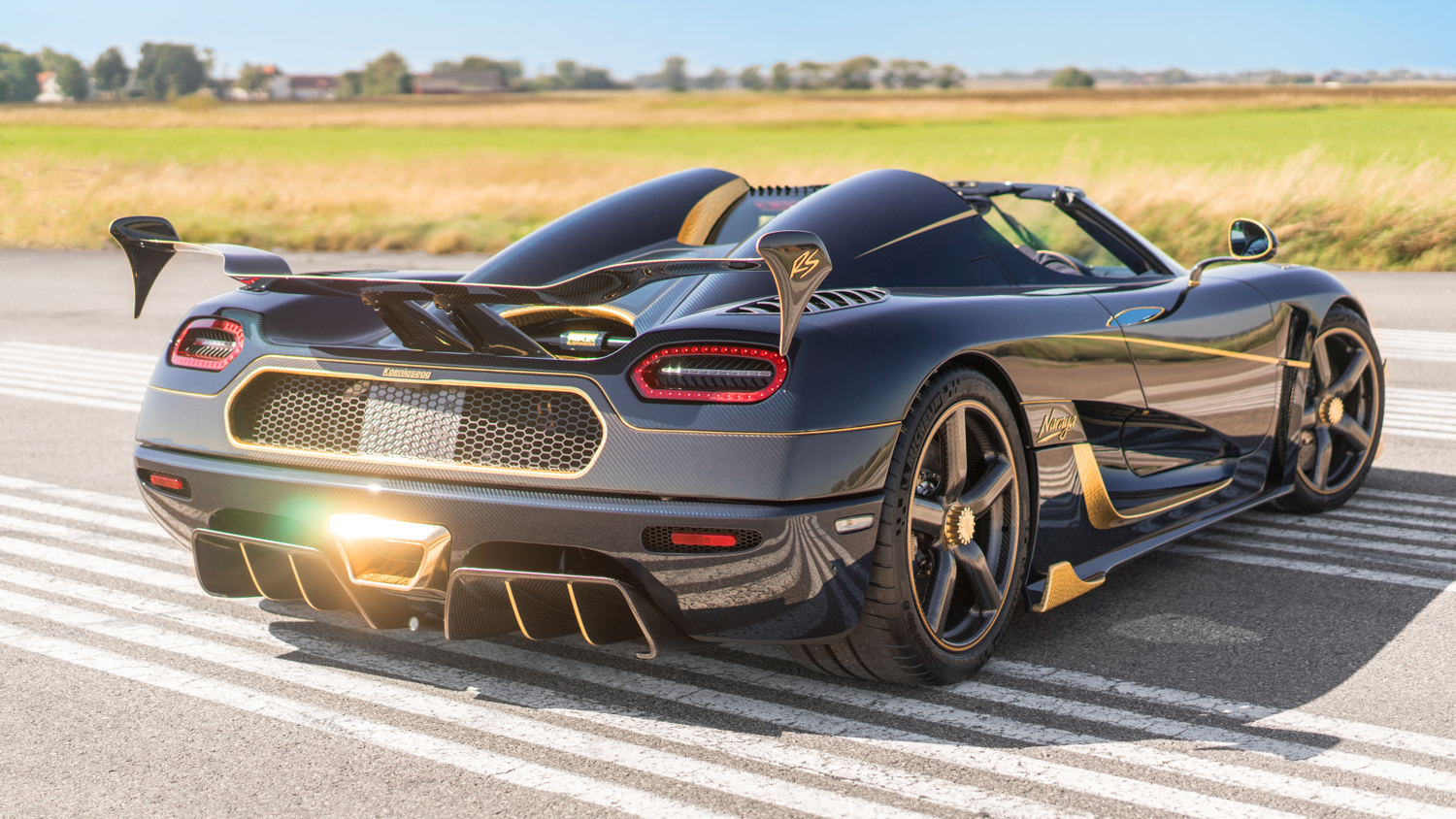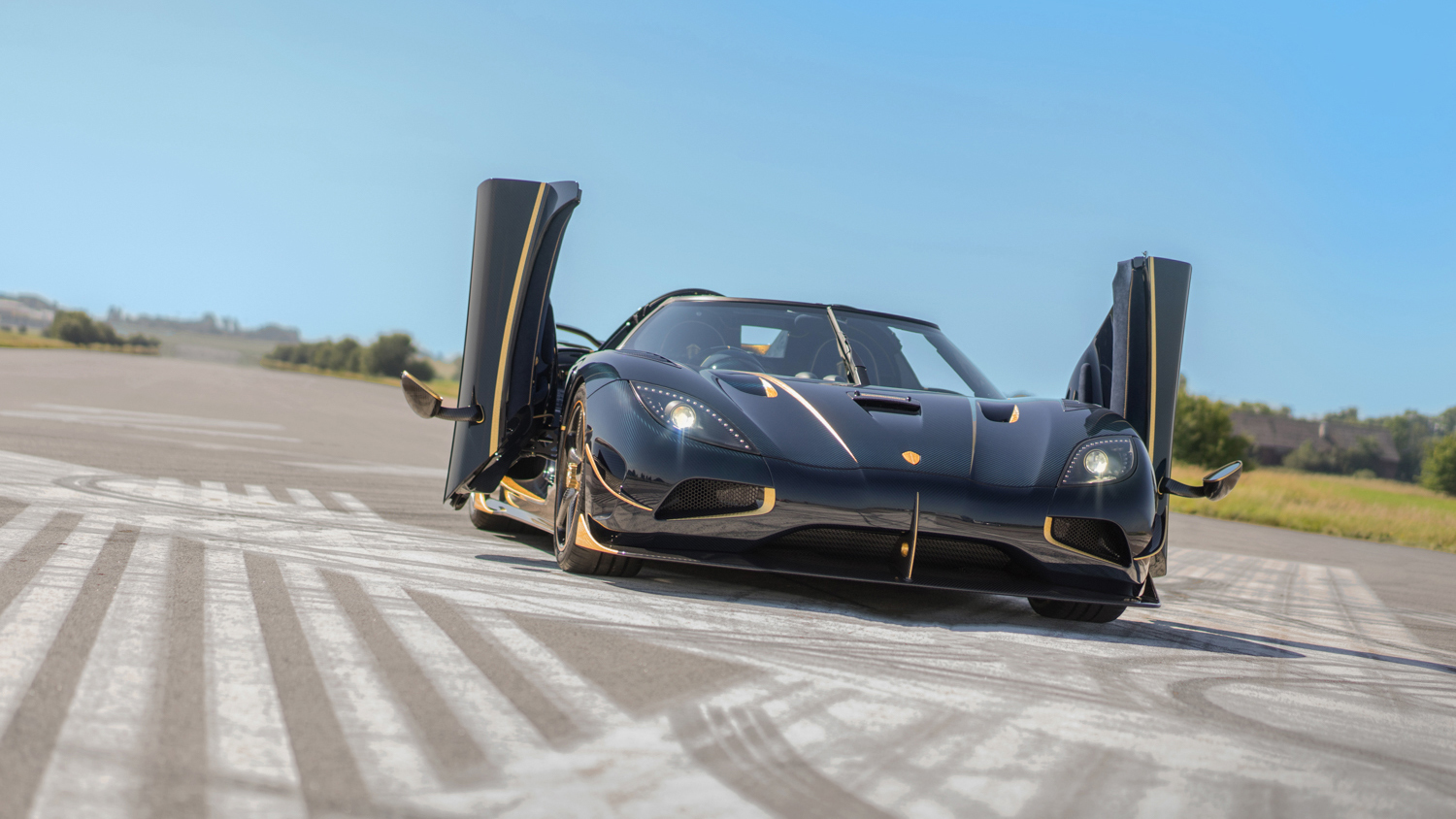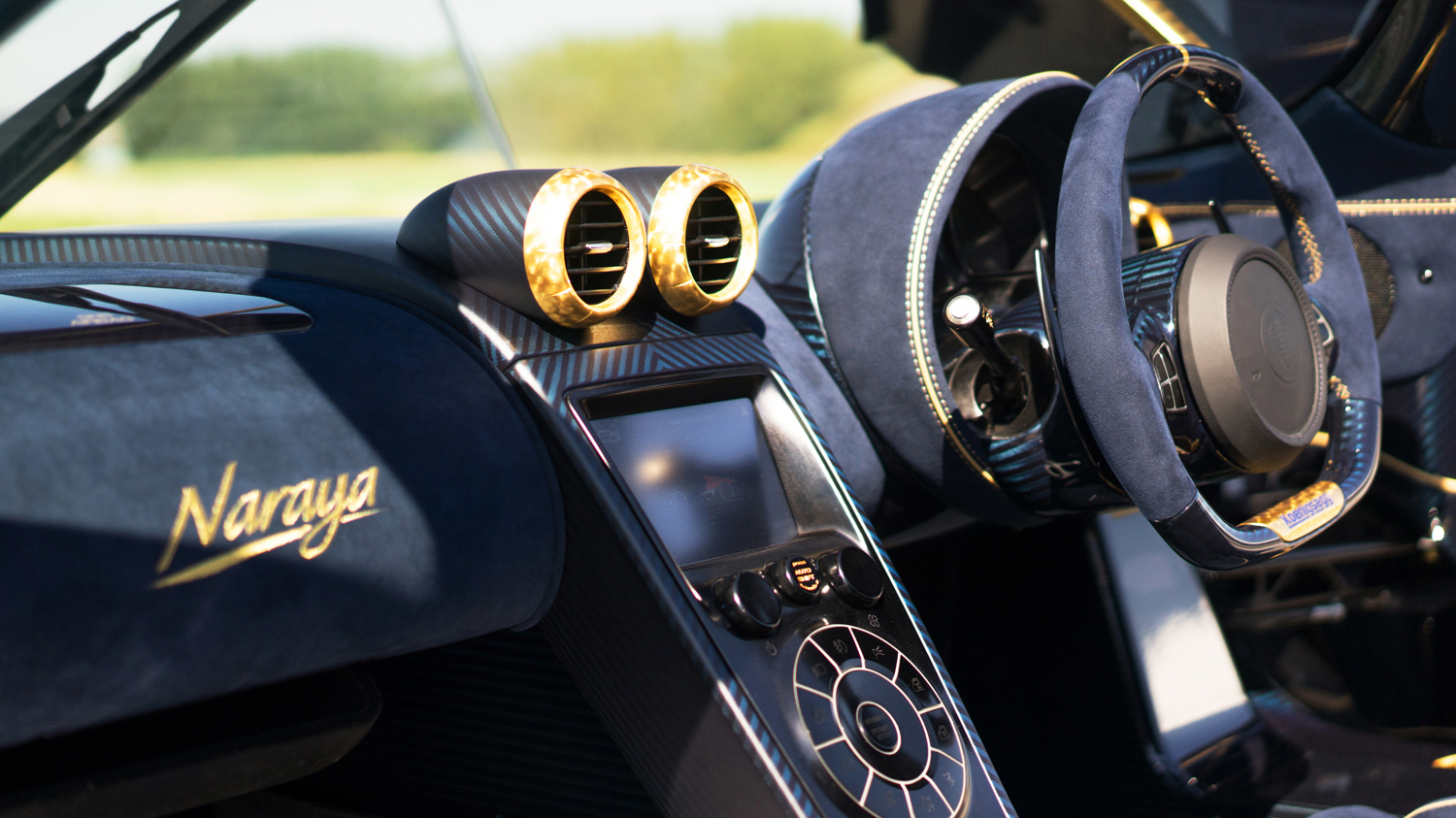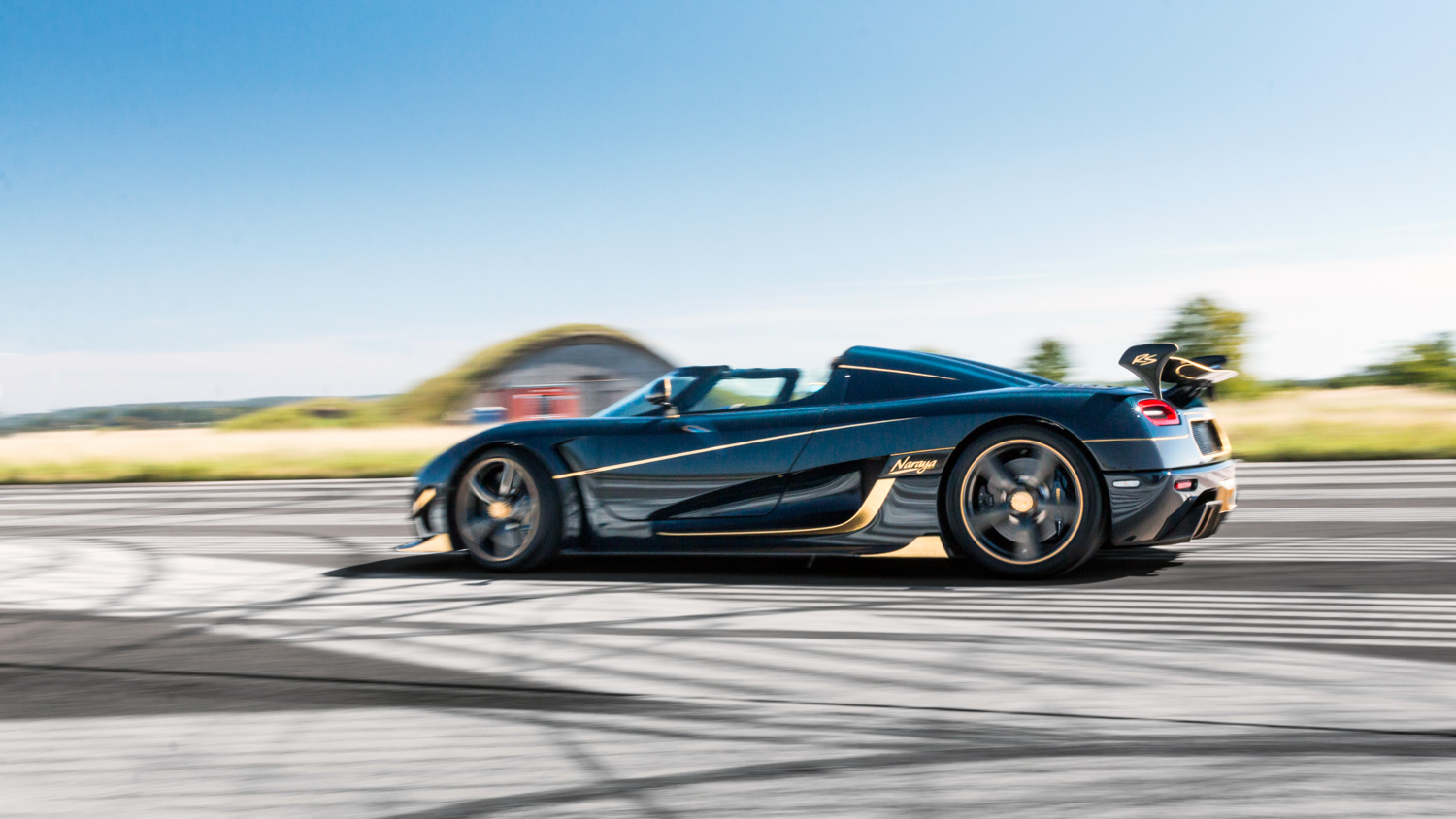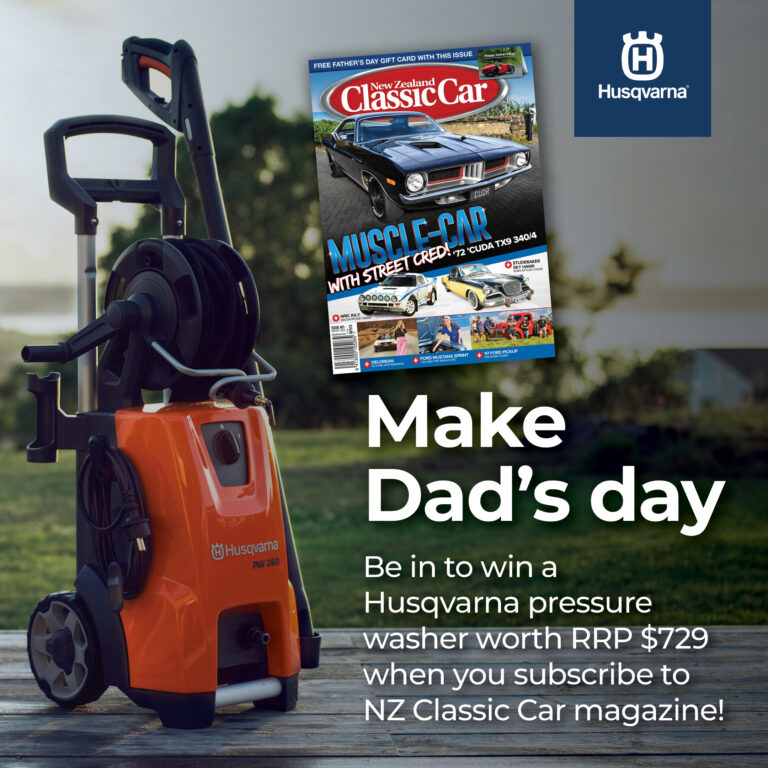Now, before we begin, I’d just like to let you know that, lavish hypercars aside, I’d be stoked if I simply had a wheel nut off one of these modern machines, as the vehicles themselves are truly exceptional. However, when your 1160hp Koenigsegg Agera RS, of which there is only one of in the USA, isn’t good enough, what do you do? In my opinion, anyone that holds the opinion that the Agera RS isn’t good enough as it is needs a clip around the ears. If you’re lucky enough to afford one, well, stop complaining, you’ve made it!

For those out of reach of my ear clippings, apparently the Agera RS wasn’t lavish enough. So what had to happen to step up its game? It had to be detailed with gold of course — gold everywhere. Because nothing screams wealth and luxury like gold, right? This particular example will be the first Agera RS in Europe and will be named ‘Naraya’, a name said to be close to the family of the purchaser.

The body itself isn’t your rolled steel, aluminium, or fibreglass variety either. It’s blue-tinted carbon fibre, which sits on top of the all-carbon tub. I was already weak at the knees at blue-tinted carbon fibre, however the purchaser wanted gold detailing all over the vehicle as well. This isn’t your vinyl-wrapped South Auckland gold either, it’s the real deal.
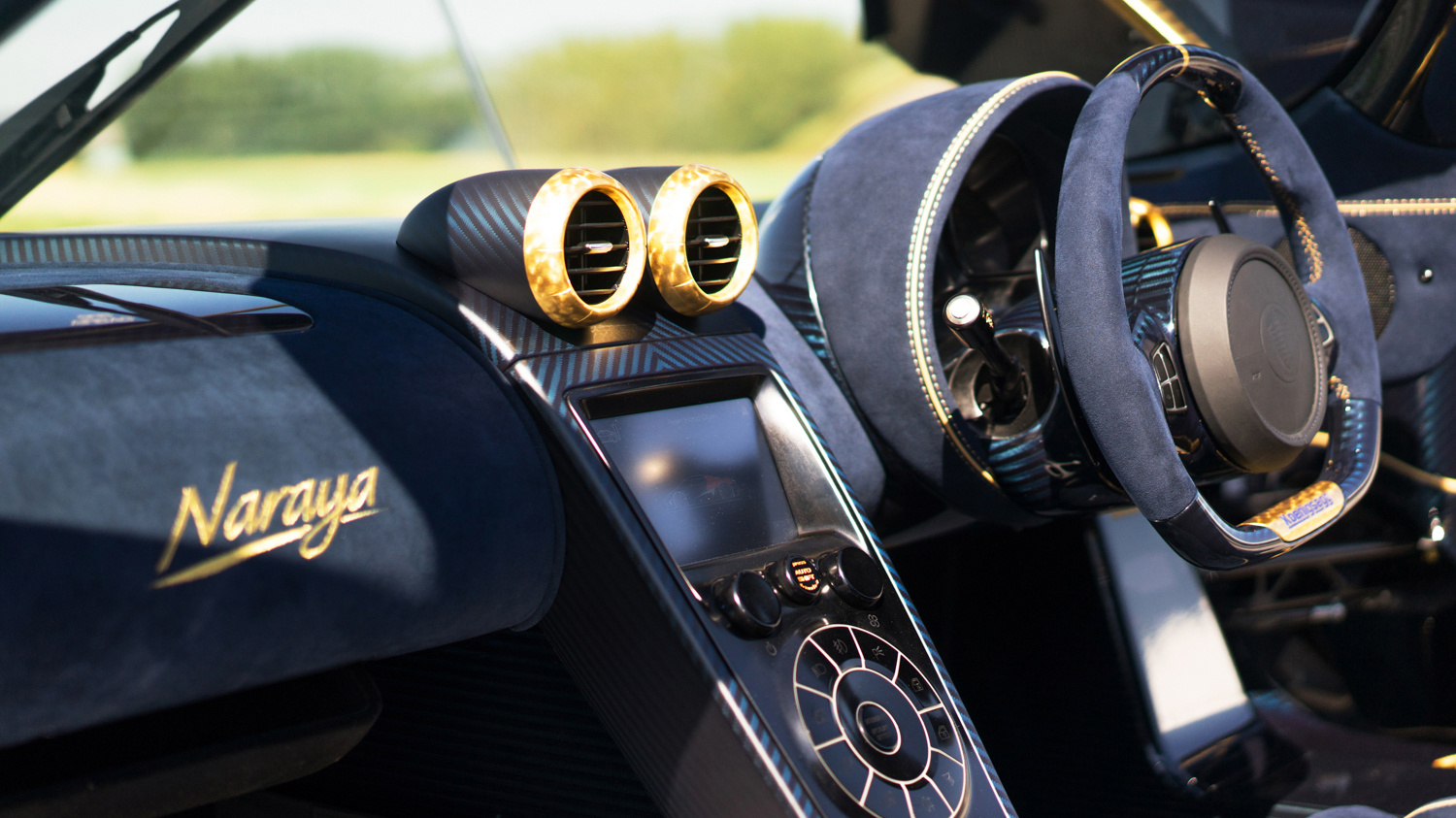
Applied over an intense two-week period, Ettore Callegaro painstakingly applied the gold to the vehicle, then worked it by hand to give it its unique texture. Several coats of clear were then applied to protect the valuable metal. The interior also features gold throughout, with the final and most impressive touch being the Naraya nameplate, which has been finished in 18-carat yellow gold alongside 155 diamonds, which are no doubt worth more than my Lexus.

